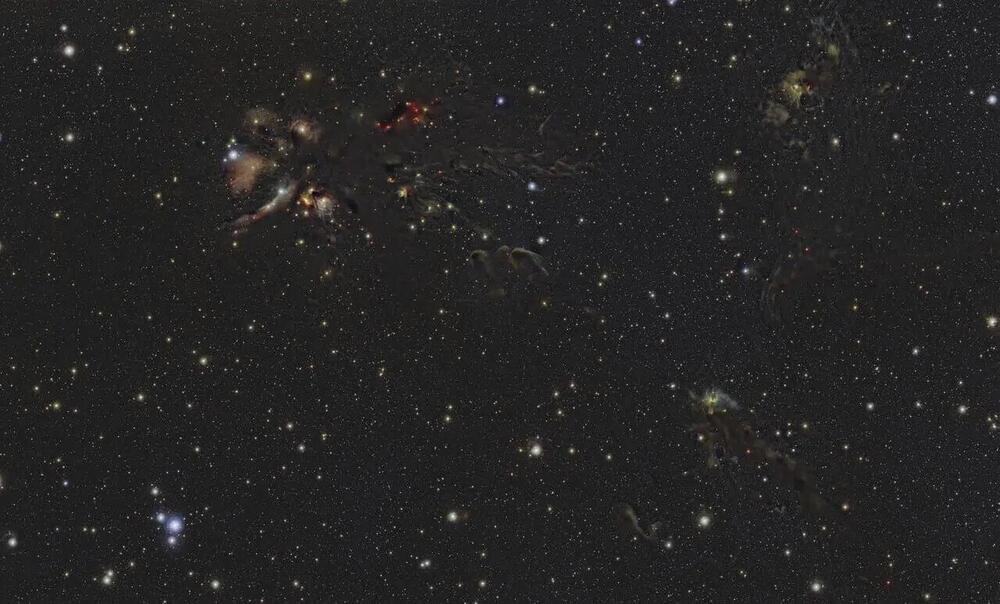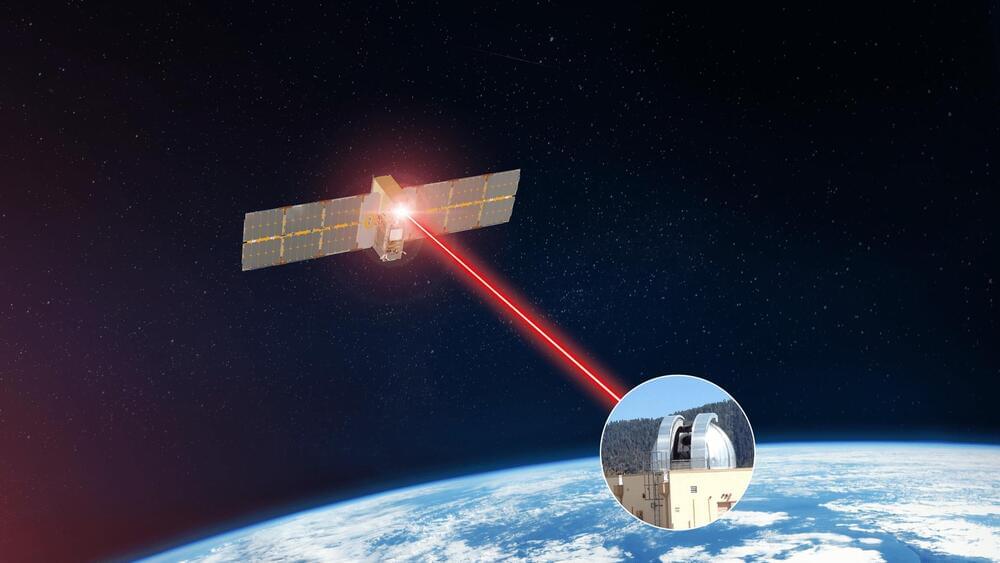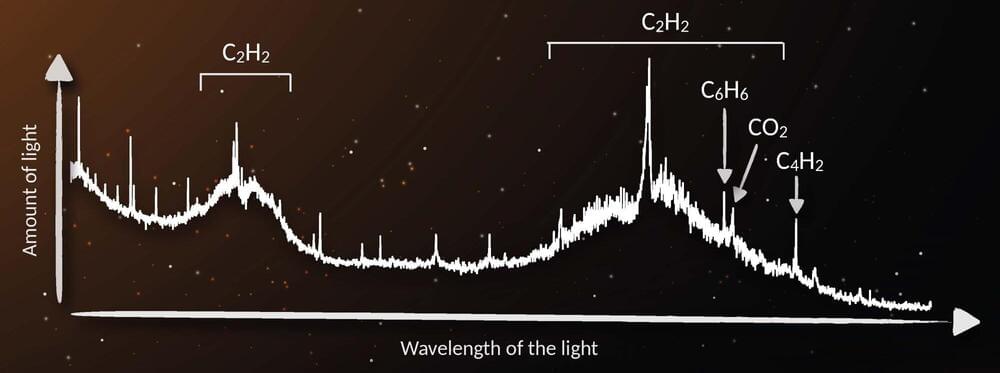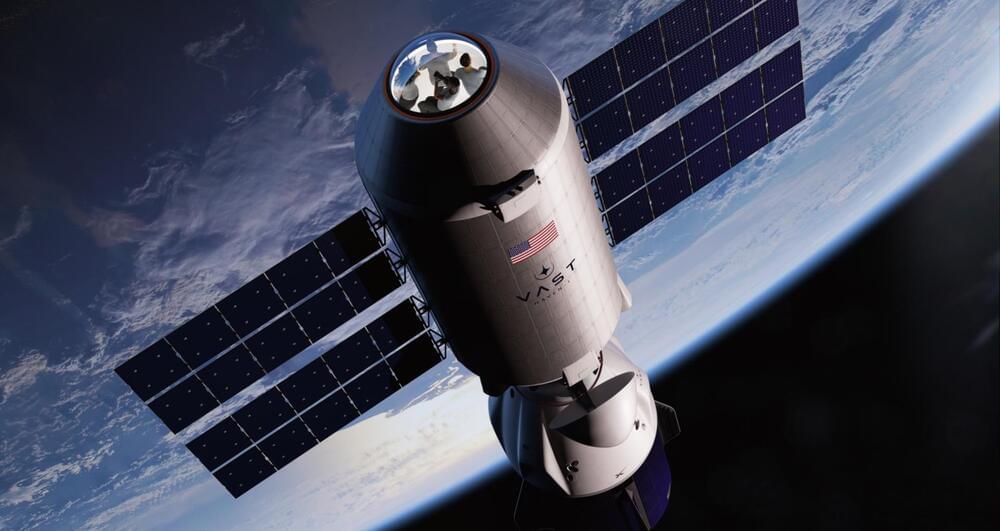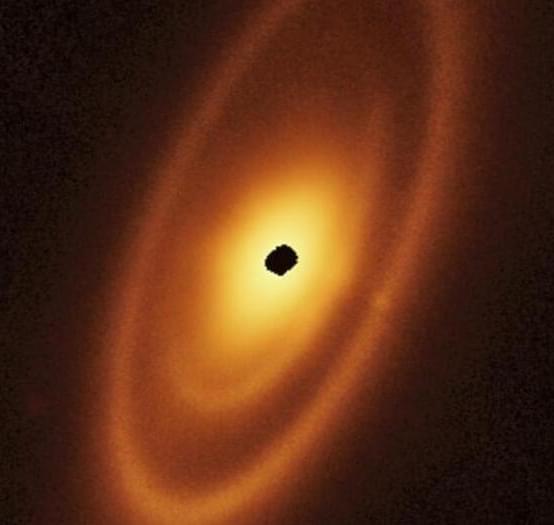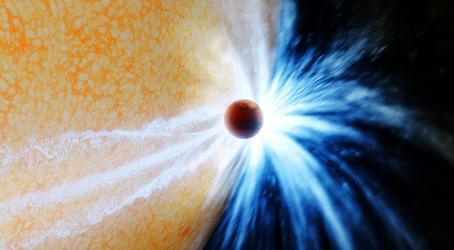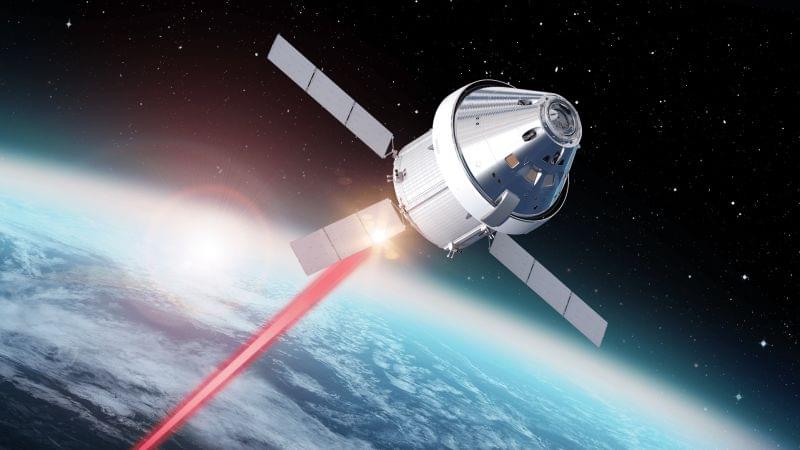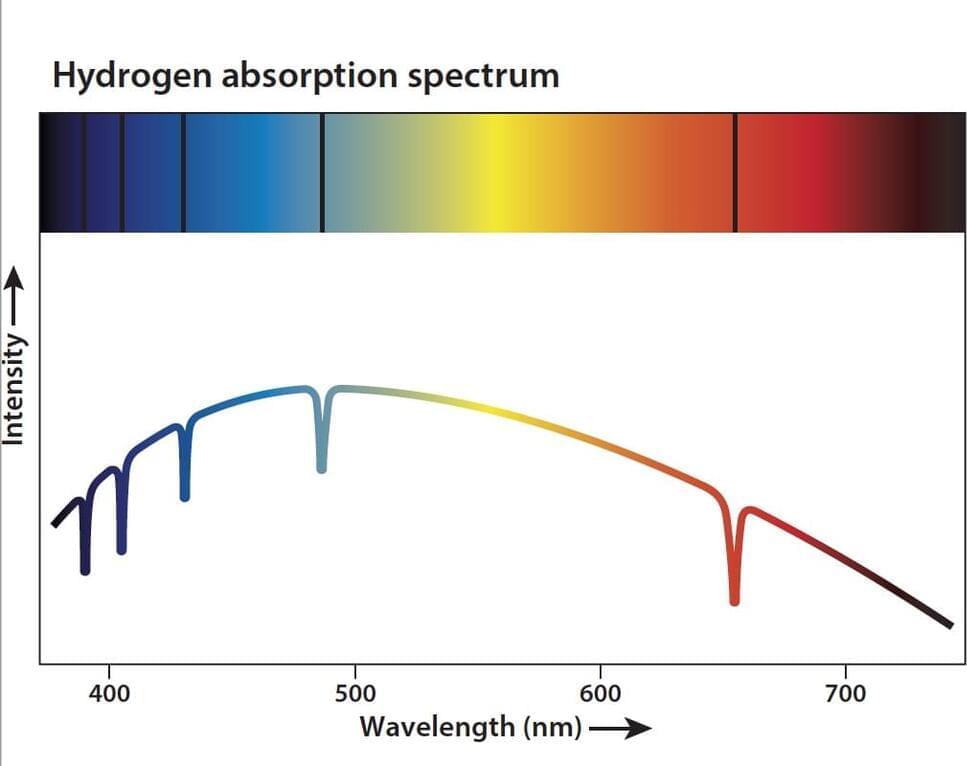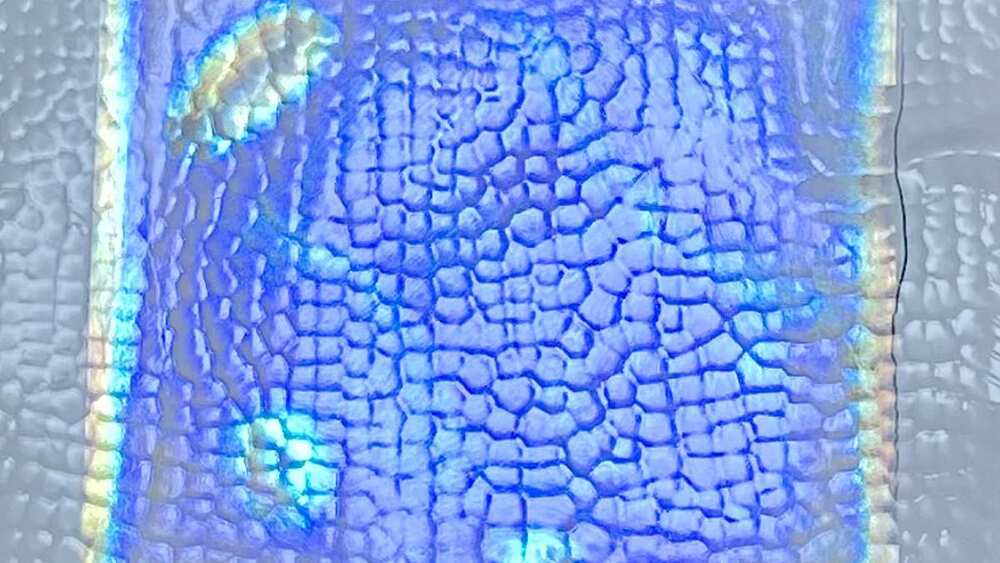May 12, 2023
Stunning mosaic of baby star clusters created from 1 million telescope shots
Posted by Genevieve Klien in category: space
Astronomers have created a stunning mosaic of baby star clusters hiding in our galactic backyard. The montage, published Thursday, reveals five vast stellar nurseries less than 1,500 light-years away. To come up with their atlas, scientists pieced together more than 1 million images taken over five years by the European Southern Observatory in Chile. The observatory’s infrared survey telescope was able to peer through clouds of dust and discern infant stars never seen before. Researchers say the observations will help them better understand how stars evolve from dust.
